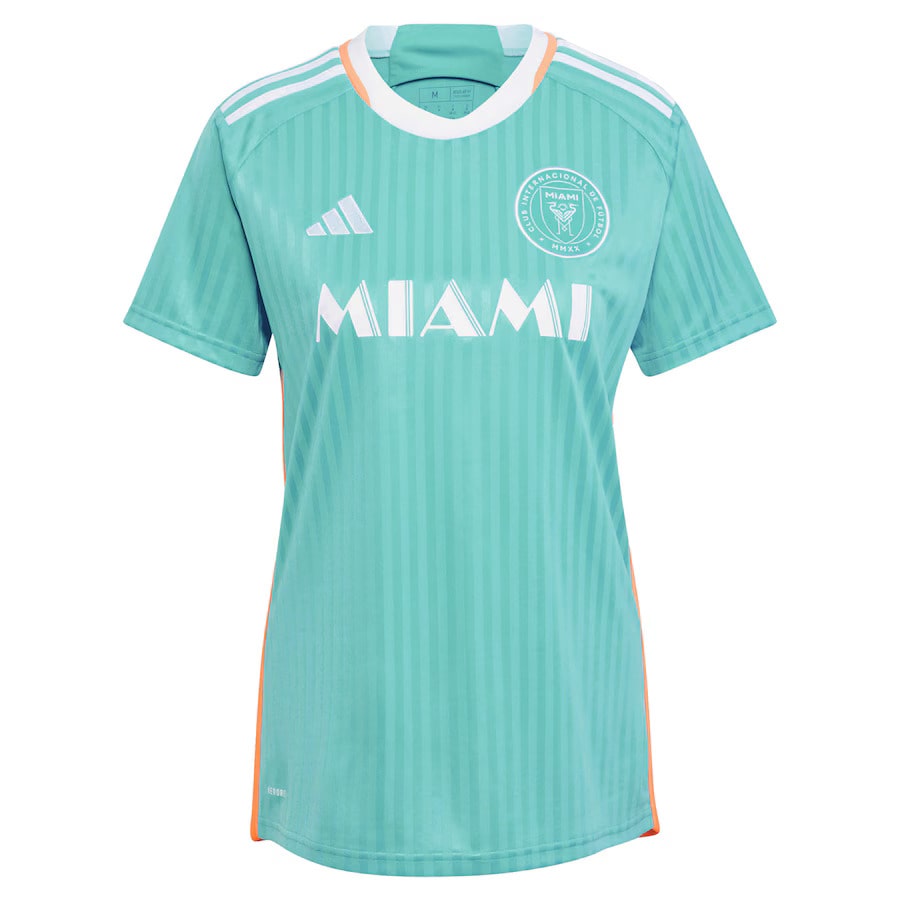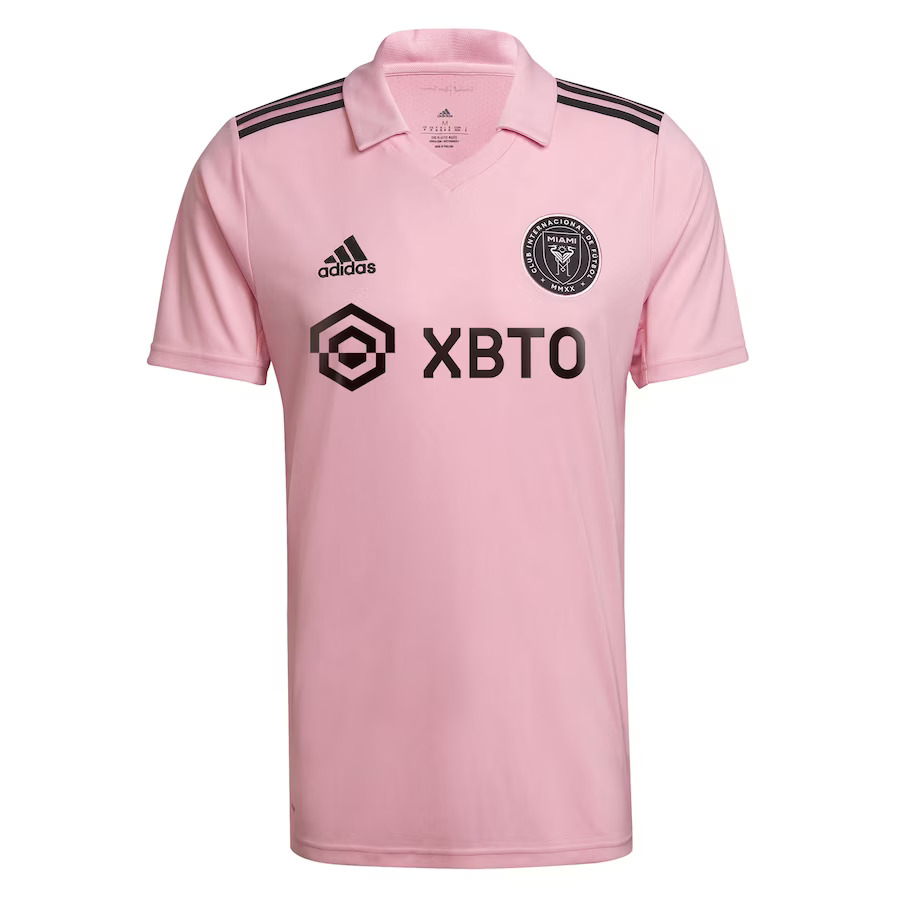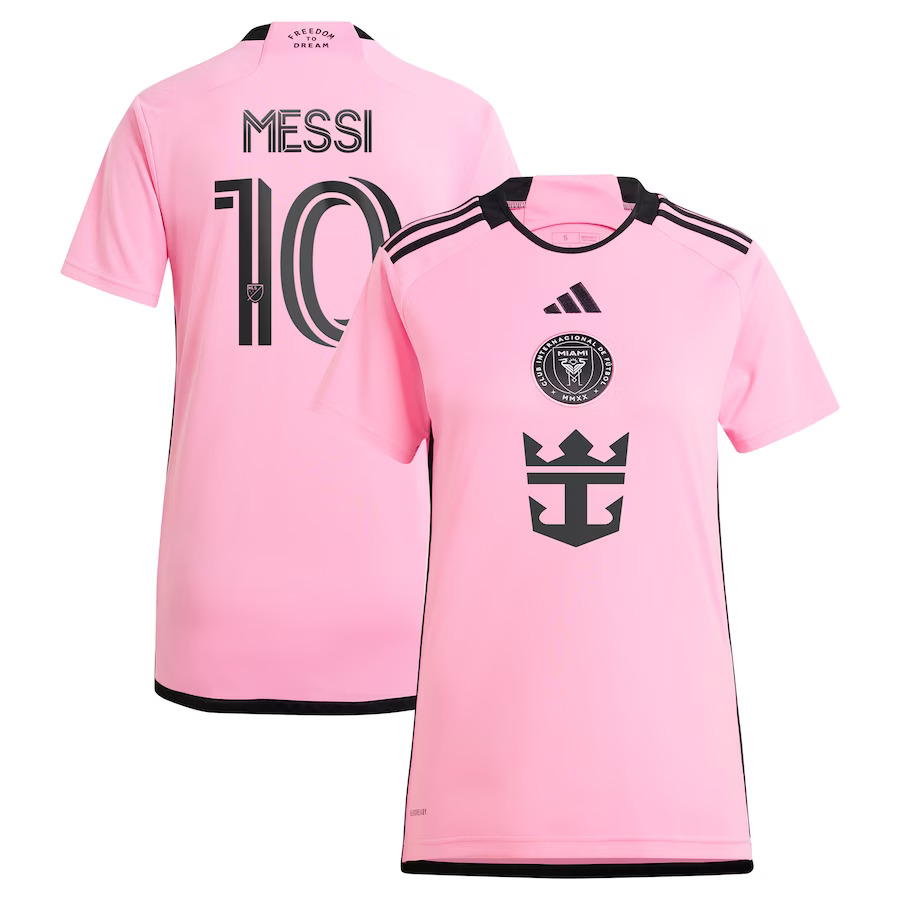Football, which is among the most loved sports across the globe, has not only evolved in terms of gameplay, tactics, and fan involvement and engagement, but also in terms also of the uniforms worn by football players. In the evolution of soccer kits from woolen shirts to high-tech, modern-day equipment, shows the game's growing popularity and global impact. If you're a fan of traditional clubs or newer ones, like Inter Miami, football uniforms are an essential element of football, and every season marks a new chapter in kit history.

The Early Days: Simple Designs and Heavy Materials
In the early days playing football, athletes wore basic woolen jerseys. They were usually the team's preferred colors but often without much consideration for comfort or the latest technology. The jerseys were heavy and absorbent, which can create significant discomfort during games particularly in hot temperatures. These shirts did not sport brand names or logos that were modern and the design was minimal. Soccer uniforms in the 1920s and the early century were made mostly of material like wool. These materials, although durable, were not very breathable or light.
The most notable aspect of football kits during the time of simplicity. Teams chose plain designs with minimal adornment. Kit Inter Miami for example, though a newer club does not evoke a feeling of nostalgia older kits, emphasizing elegant simplicity and design even though it is a modern club.

The 1960s-1970s: Introduction of Synthetic Materials
In the 1960s and 1970s football uniforms started to change through the introduction of synthetic materials. Polyester became a common choice as it was a lighter and more breathable alternative to wool. The design of football kits also started to reflect a more contemporary look and the introduction of logos for teams and numbers on the football shirts. In this era, we also saw the appearance of sponsors' logos but they were still fairly modest in comparison to what we see today on kits.
This was the period that saw the emergence and development of uniforms that were not only practical, but also trendy. In the 1970 World Cup, for example showed the renowned Brazilian jersey in yellow, which became a symbol of soccer's excellence and global recognition. The innovations in design during the 1970s laid the foundation for future developments, making football kits a element of the sport's identity.

The 1980s-1990s: Commercialization and Bold Designs
In the late 1980s and early 1990s, football uniforms were becoming increasingly commercialized. The logos of sponsors were larger and much more noticeable, as clubs began to experiment with more striking designs. The era also saw an introduction of short-sleeved shirts becoming the norm, although long-sleeve shirts were still used for games that were colder. Football shorts were made shorter and more streamlined in line with the modern design for the football kits.
The 1990s also marked the arrival of visually striking kits with vibrant shades, geometric patterns and fresh, innovative designs. Famous kits like Manchester United's 90s uniform and AC Milan's black-and-red striped jerseys gained a lot of interest. Additionally, the Official sponsors began taking prominent positions on shirt, leading to kits that were often more comparable to billboards rather than traditional sportswear.
At this point, teams such as Inter Milan (whose kits reflect the history of Italy's football heritage) started to incorporate more unique designs, and mixing traditional colors with contemporary patterns. In the 1990s, football kits were becoming almost as important to fans as the players themselves. Jersey Inter Miami 2025 They were a symbol of the identity of the club both on and off the field.
The 2000s: Technological Innovation and Performance
As football became more globalized in the early 21st century, kit manufacturers began to focus heavily on performance-enhancing technology. The first decade of 2000 saw the rise of lighter, more moisture-wicking fabrics like Adidas' ClimaCool or Nike's Dri-FIT technology that let players remain comfortable and dry during the toughest games.
The shirt designs were also more modern in their subtle patterns, as well as slimmer cuts. The kit for players was not just practical, but modern, with vents, stretchable fabrics and specific fittings. Sponsorships also increased in importance, with firms like Nike, Adidas and Puma in the leading way in kit development, shaping the design trends for soccer teams across the world.
This was also the time that major clubs, such the likes of Barcelona as well as Real Madrid, began to invest heavily in their brand's identity making kits that reflected their current and polished appearance.
The 2020s: Sustainability, Personalization, and Bold Statements
The most recent development of football uniforms has focused on green practices, personalization and making kits which make bold statements on and off the field. In the 2020s saw an increase in demand for environmentally friendly materials as many clubs have shifted to textiles made from recycled materials and eco-friendly manufacturing processes. This trend is in line with a rising global awareness of sustainability as fans, players, and clubs all strive to reduce their environmental impact.
Concerning design, the 2020s have seen the rise of more personalized kits. Fans now have the ability to add the name and number on their jerseys creating a unique jersey. Teams are also playing around with